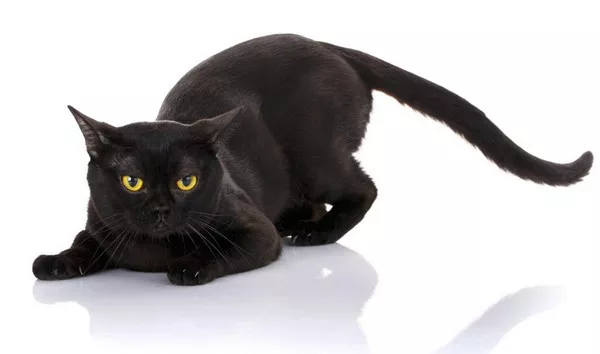Cats, our beloved furry companions, often come into our lives with unknown backgrounds. One common question that cat owners have is: How can you determine your cat’s age? While it might not be possible to pinpoint an exact birthdate, there are several clues and indicators that can help you estimate your cat’s age. In this article, we’ll walk you through the process of determining your cat’s age based on various physical and behavioral cues. By understanding these indicators, you can provide the best care for your feline friend at every life stage.
1. Eyes and Ears: Early Stages
Newborn Kittens: Newborn kittens are born with their eyes and ears sealed shut. Their eyes usually begin to open around 1 to 2 weeks of age, followed by the gradual opening of their ears. If your cat has closed eyes and ears, they are likely less than two weeks old.
Fully Open Eyes and Ears: Around the 2 to 3-week mark, a kitten’s eyes and ears should be fully open. Their vision and hearing will improve as they continue to grow and explore their surroundings.
2. Teeth Development: Kittens to Adults
Baby Teeth: Kittens develop baby teeth, also known as deciduous teeth, around 2 to 3 weeks of age. These tiny teeth will start to emerge and become more noticeable as the kitten grows.
Permanent Teeth: As kittens age, their baby teeth will gradually be replaced by permanent teeth. By the age of 6 months, most kittens will have their full set of adult teeth.
3. Dental Health: Adult Cats
Dental Wear and Tear: As cats age, their teeth might show signs of wear and tear. By examining the condition of your cat’s teeth, you can estimate whether they are in the early stages of adulthood, middle age, or senior years.
4. Coat and Fur: Appearance Changes
Shiny and Smooth Fur: Younger cats often have shiny and smooth fur, as they have yet to experience the natural wear and tear that comes with age.
Changes in Fur Texture: As cats enter their senior years, their fur might become coarser and less shiny. This change is due to a combination of factors, including hormonal shifts and the natural aging process.
5. Physical Activity and Behavior
Playful Kittens: Kittens are known for their boundless energy and playfulness. If your cat is constantly zooming around, engaging in playful antics, and displaying high levels of curiosity, they are likely in their kitten stage.
Balanced Activity: Adult cats tend to have a more balanced approach to play and rest. They may still enjoy interactive play sessions but also appreciate relaxation time.
Decreased Activity: As cats age, they might become less active. If your cat is showing signs of decreased energy, spending more time sleeping, and moving more slowly, they could be entering their senior years.
6. Weight and Body Condition
Growing Kittens: Kittens experience rapid growth, and their weight can double or even triple within the first few weeks of life.
Stable Weight: Adult cats typically maintain a stable weight once they reach maturity. Regular exercise and a balanced diet contribute to maintaining a healthy weight.
Weight Changes in Seniors: Senior cats might experience weight changes due to factors like a slower metabolism, decreased activity, and changes in appetite. Regular veterinary check-ups can help monitor weight fluctuations.
7. Vision and Hearing: Changes Over Time
Acute Vision in Kittens: Kittens have acute vision that allows them to track moving objects and explore their environment with precision.
Age-Related Changes: As cats age, their vision might undergo subtle changes. They might become less responsive to fast movements or exhibit changes in their ability to judge distances.
8. Tail Length and Whiskers
Proportional Tail in Kittens: Kittens often have tails that appear long and thin in proportion to their bodies. This contributes to their playful appearance.
Tail Length in Adults: Adult cats have tails that are well-proportioned to their body size. The tail might be bushier and more flexible, reflecting their mature stage.
Whisker Length: Whiskers generally grow longer with age. If you notice that your cat’s whiskers have extended beyond the width of their head, they might be in their mature or senior years.
Conclusion
In conclusion, determining your cat’s age involves observing a combination of physical and behavioral cues. From the development of their eyes, ears, and teeth to changes in coat texture, activity levels, and weight, these indicators can provide insights into your cat’s life stage. While it might not be possible to pinpoint an exact age, a thorough assessment of these factors can help you make an educated estimate. By understanding your cat’s age, you can tailor their care to their specific needs, ensuring they enjoy a healthy and happy life throughout every stage of their feline journey.
























